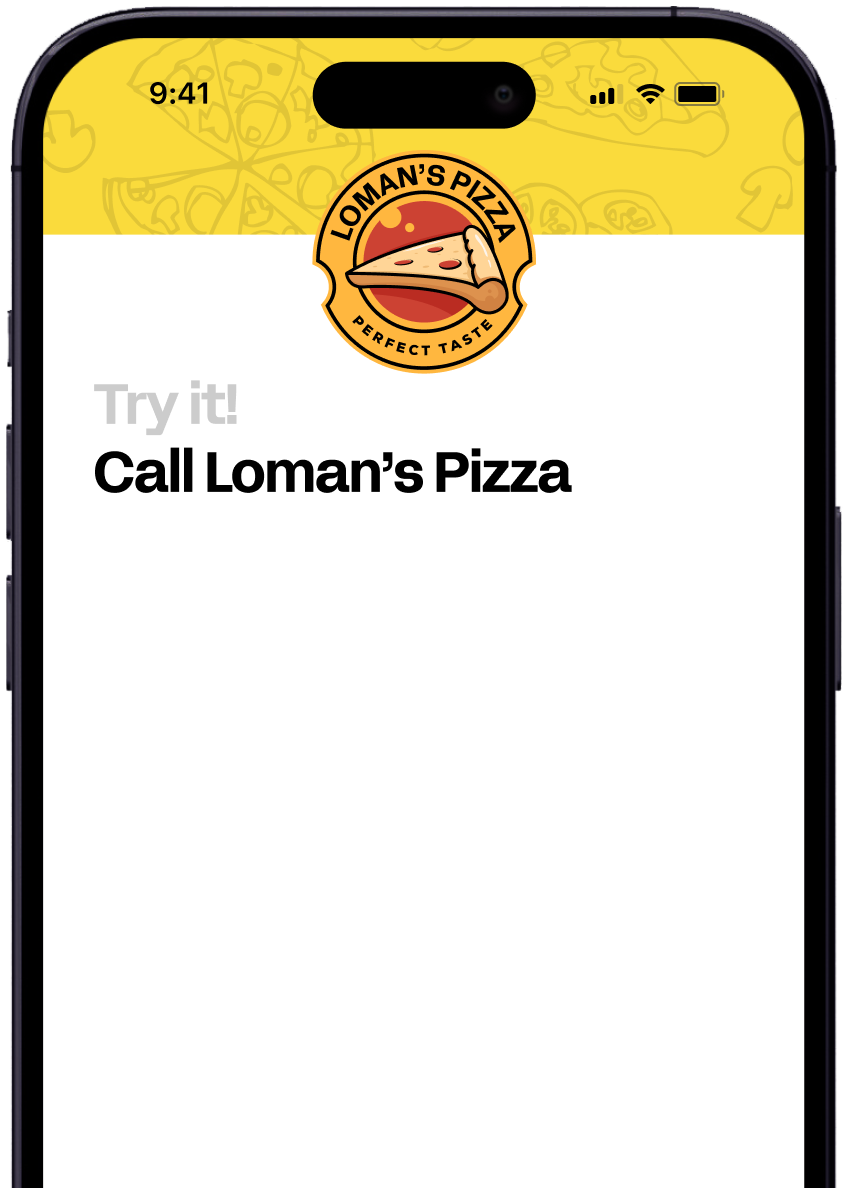March 28, 2025

Did you know that over 7,000 languages are spoken worldwide? For restaurants catering to diverse clientele, this linguistic diversity presents both an opportunity and a challenge. Miscommunication due to language barriers can lead to order errors, frustrated customers, and lost business. But what if there was a way to seamlessly communicate with customers in their preferred language, no matter what it is?
Enter the multilingual restaurant phone system - a game-changing solution for eateries looking to expand their reach and improve customer service. These innovative systems are transforming how restaurants interact with their patrons, breaking down language barriers and opening up new possibilities for global cuisine.
A multilingual restaurant phone system uses advanced AI technology to understand and respond to customers in multiple languages. Here's a basic breakdown of how it functions:
This seamless process ensures that every customer interaction is smooth and error-free, regardless of language differences. It's like having a team of expert translators on call 24/7, but without the hefty price tag.
Implementing a multilingual phone system can have far-reaching benefits for restaurants:
By breaking down language barriers, restaurants can tap into new markets and build a loyal, diverse customer base. This not only boosts revenue but also enriches the cultural fabric of the dining experience.
To truly understand the power of multilingual restaurant phone systems, let's look at how they're making a difference in real dining establishments:
Maria's Taqueria, a small family-owned restaurant in a diverse neighborhood, saw a 30% increase in phone orders after implementing a multilingual system. They were able to serve their growing Korean and Vietnamese customer base without hiring additional staff.
Sushi Zen, an upscale Japanese restaurant, reduced order errors by 40% and improved customer satisfaction scores by using a system that could accurately handle complex menu items in multiple languages.
This video showcases how multilingual models are changing global communication, including in industries like hospitality and dining. The technology behind these systems is rapidly evolving, offering increasingly sophisticated solutions for businesses.
When selecting a multilingual restaurant phone system, consider these key factors:
One solution that ticks all these boxes is Loman.ai. This AI-powered phone system is specifically designed for restaurants, offering multilingual support along with features like automated order taking and reservation management.
Implementing a new phone system might seem daunting, but with the right approach, it can be a smooth process:
With proper implementation, a multilingual phone system can quickly become an indispensable tool for your restaurant's operations.
As technology continues to advance, we can expect multilingual restaurant phone systems to become even more sophisticated. Future developments might include:
These advancements will further break down language barriers, making global cuisine more accessible than ever before.
This video demonstrates how translation technology is being used in the service industry to break language barriers. While it focuses on a translation kiosk, the principles apply to phone systems as well, showing the growing importance of multilingual communication in customer service.
Multilingual restaurant phone systems are more than just a technological novelty - they're a powerful tool for growth and customer satisfaction. By breaking down language barriers, these systems open up new markets, improve efficiency, and create a more inclusive dining experience.
As the global culinary scene continues to evolve, restaurants that embrace multilingual communication will be well-positioned to thrive. Whether you're a small family-owned eatery or a large chain, investing in a multilingual phone system could be the key to unlocking your restaurant's full potential.
Remember, in the world of dining, great food is universal - and now, with the right technology, your communication can be too. Solutions like Loman.ai are making this possible, offering restaurants the tools they need to serve a global audience with ease and precision.
Q: How many languages can a multilingual restaurant phone system typically handle?
A: Most systems can handle 10-20 of the most commonly spoken languages, but some advanced systems like Loman.ai can support even more.
Q: Will a multilingual system replace the need for bilingual staff?
A: While it can significantly reduce the need, having some bilingual staff is still beneficial for complex interactions or personal touch.
Q: How accurate are these systems in understanding different accents?
A: Modern AI-powered systems are quite adept at handling various accents, but accuracy can vary. Systems like Loman.ai are continuously improving in this area.
Q: Can these systems handle specialized menu items or dietary restrictions?
A: Yes, most systems can be customized to include restaurant-specific terminology, menu items, and common dietary requests.
Q: How much does a multilingual restaurant phone system typically cost?
A: Costs can vary widely depending on features and scale. It's best to contact providers like Loman.ai directly for a customized quote based on your restaurant's specific needs.

Enter your information in the form to receive a call from Loman and place an order like a customer would!